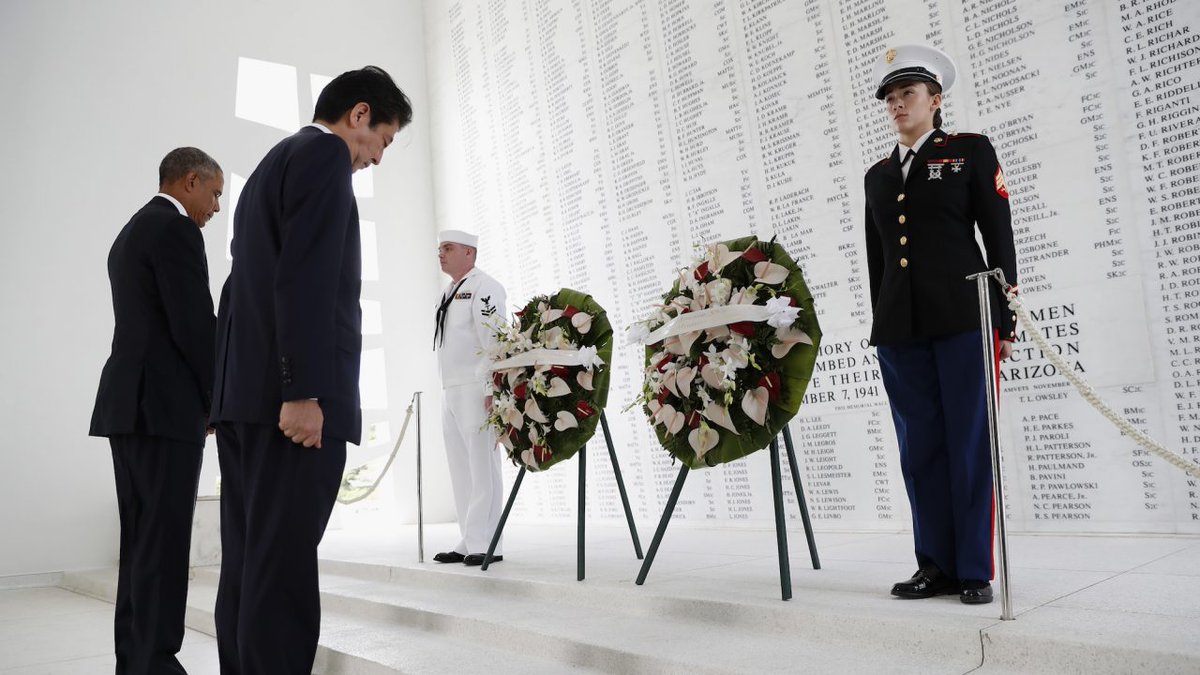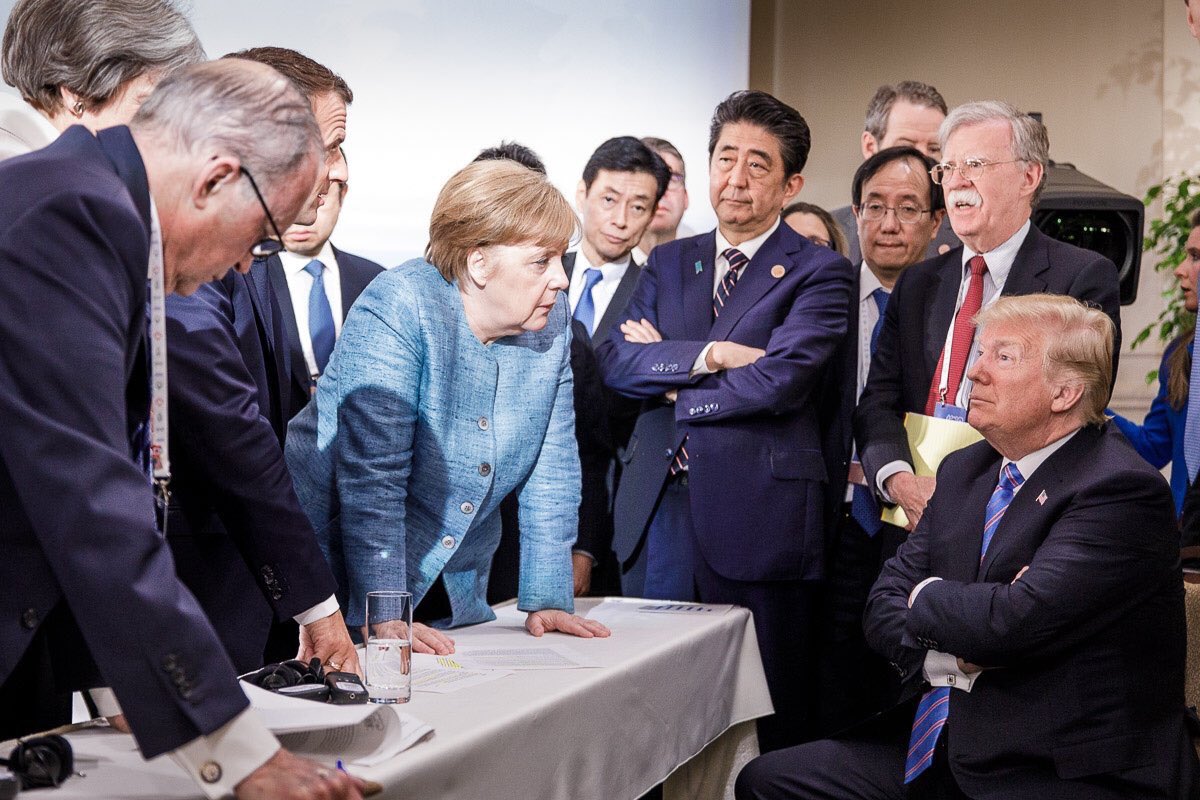


The decades long relationship between former Japanese Prime Minister Shinzo Abe and President Donald Trump permeates through a recent announcement that Japan will be the first nation to enter the new era of trade negotiations with the United States.
Shinzo Abe was assassinated in July 2022, as he traveled throughout Japan gaining support for increased national military development. As businessmen and later politicians Donald Trump and Shinzo Abe (RIP) had a decades long friendship grounded in mutual respect and competition.
[SOURCE]
To understand the dynamic of President Trump giving the nation of Japan the position as the first nation to enter new trade negotiations, a high honor, is to understand the business relationship between the U.S and Japan in the post-World War II (40 yr) period between 1950 and 1990. The formative years for both Japanese industry and President Trump’s business empire.
 Following World War II the United States agreed to help both Europe and Japan rebuild from the devastation of war. However, two entirely different industrial economic models were used.
Following World War II the United States agreed to help both Europe and Japan rebuild from the devastation of war. However, two entirely different industrial economic models were used.
For Europe the U.S. gave them money through the Marshall Plan, a process of one-way tariffs which helped them rebuild their nations. For Japan we gave them W Edwards Demming, an industrial engineer and extraordinarily brilliant mind in the processes of efficiency and industrial production.
In essence, to generate the reindustrialization of both economies, we gave the EU a fish (money), but we taught Japan how to fish; how to be create and build exceptional industry.
In the decades that followed, the EU rebuilt their capitalistic industrial base from the trade and tariff money we permitted them to exploit. The EU rebuilt from their historic systems, upgrading to newer industrial technology. Japan, however, learned deeper more technical skills from the Demming process of industrial capacity building, a critically strong excellence in quality manufacturing and attention to specific details in all processes.
It did not take long before the results of quality in design and Japanese manufacturing surfaced in the sector of automobiles, and later consumer electronics. The U.S. auto industry was slow to adapt to the Japanese quality focus and began losing market share to Toyota, Datsun, Nissan and Honda.
 Throughout this period, President Trump and Shinzo Abe were on opposite sides of the industrial competition. Trump railing about Japan, and later aggregate Asia exploiting our generosity; Abe smiling and joking with his friend that despite Trump’s grievances, tomorrow Eric will be purchasing 1,500 Sony televisions for his next Hotel.
Throughout this period, President Trump and Shinzo Abe were on opposite sides of the industrial competition. Trump railing about Japan, and later aggregate Asia exploiting our generosity; Abe smiling and joking with his friend that despite Trump’s grievances, tomorrow Eric will be purchasing 1,500 Sony televisions for his next Hotel.
And so it went….
The friendship grew, the competition was intense but incredibly respectful, and both Shinzo Abe and Donald Trump became men of great influence whose partnership in competition was always visible.
Prime Minister Abe knew what President Trump was trying to achieve. In turn, President Trump knew Abe would remain a fierce Japan-first trade competitor to the America-first program. Tremendous respect and mutual admiration underpinned their geopolitical efforts.
No single picture better exemplified the nature of Trump and Abe as the G7 summit picture taken in Canada as the ripple effects of Trump’s first-term trade and tariff program against China (mostly) started to hit the global economy.
As China started to feel the pressure from President Trump forming new ASEAN partnerships, China started pulling back from ordering heavy industrial goods from Europe. The EU, specifically the German economy, felt the lessening of Chinese manufacturing via diminished orders. However, a respectful Japan positioned their trade agreements for benefit, but also for benefit of American workers.
Prime Minister Shinzo Abe knew there was nothing to fear from President Trump’s global trade reset. Unless, that is, you were a nation taking unfair advantage of the generosity provided by America.
It makes total sense in the big picture for President Trump to honor the legacy of Shinzo Abe, and the respectful connections to Japan by granting them the first position in the schedule of the global trade reset.
Total sense.

